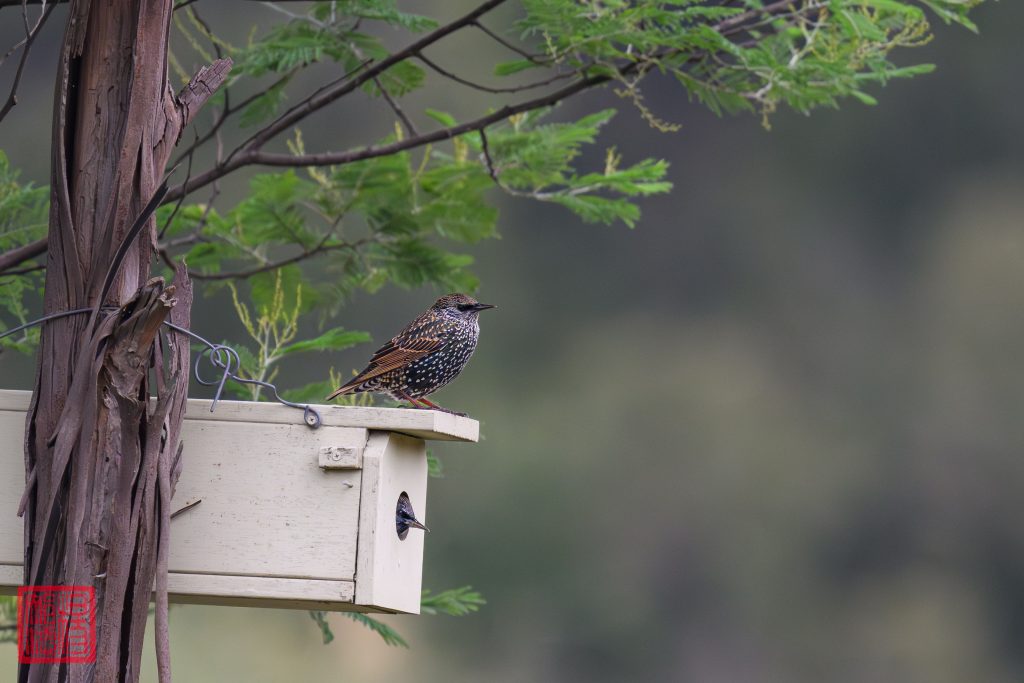When we started wildlife photography, we moved from Nikon’s own image processing tool call NX Studio to Adobe Lightroom and Photoshop. The bundle used to cost about AUD15 a month. I managed to secure the old price by purchasing a 1 year subscription at the beginning of this year. The current pricing on Adobe’s website is about double that price. So we will be facing a 100% price hike next year.
A doubling of price is not acceptable for us who don’t make a living off photography. This has prompted us to search for an alternative before the Adobe subscription expires next year. After a few months of research, we have settled on Affinity Photo 2 from Serif. Unlike Adobe Lightroom and Photoshop, we will only need to pay for a major version. This gives us access to minor upgrades. Historically, version 1 of Affinity Photo lasted for 7 years. The current version of Affinity Photo 2 which was released in November 2022 is about AUD96. This is quite a saving.
Affinity photo 2 is more like Photoshop than Lightroom. It is missing the catalogue management that Lightroom provides. We are fine with that as we find that we seldom search the Lightroom catalogue. Instead, We would process our photographs and ingest the final images on our NAS (Network Access Storage). If we need to search the library, we prefer to use the NAS and its associated mobile app on our phones. We will use Nikon’s NX Studio to evaluate and cull our photographs. NX Studio will still be an essential tool for us because Nikon’s Pixel Shift images can only be processed by NX Studio.
What convinced us to move to Affinity Photo 2 is the introduction of AI subject selection in version 2.6. We found that this capability is on par with Lightroom. While Lightroom’s subject masking is more accurate when the subject is large in the photograph, Affinity Photo works better with highly cropped subject. We also find that Affinity Photo selection refinement is easier to use and gets things right most of the time. Adobe’s masking refinement usually involves the use of the brush tool which can be time-consuming and error-prone.
The learning curve with Affinity Photo 2 is steeper but Serif made lots of instructional videos that made the learning process easier. The starting point for us was the video dedicated to wildlife processing. Having access to Adobe Lightroom provided us with less incentives to learn Photoshop. However, learning Affinity Photo 2 actually helped opened up more possibility for us in post-processing which we presume is also available in Photoshop.
Did we look at other alternatives? Yes, we did. Why did we choose Affinity Photo 2 over the other alternatives? Most post-processing software will satisfy our needs but Affinity Photo 2 has a true non-subscription pricing model. The alternatives (which shall remained nameless) do not sit well with us – they either have a subscription model like Adobe or have what we call a pseudo-subscription model. By the later, we mean that they release a new major version every year and you have to pay yearly to get the new version. If you miss a version, we have to pay more to upgrade. The advantage of a pseudo-subscription over a full subscription model is that you have a perpetual license to use the last software version you have paid for.
The above photograph of a Red-browed Finch was taken at the Skink Habitat at Royal Park on 31 May 2025. It was post-processed using Affinity Photo 2.6.3 using multiple layers and masking. While it took longer than with Adobe Lightroom, the result we have achieved is better. We suspect that we will have to resort to using Photoshop and expending similar amount of effort to achieve a similar outcome. While it is not the best photograph of the species, we thought it demonstrated how we can take an ordinary photograph of a bird and made it pop.
Until the Adobe subscription expires, we will be using both software side-by-side with a view to explore the features of Affinity Photo 2 that exceeds that of Adobe Lightroom.




